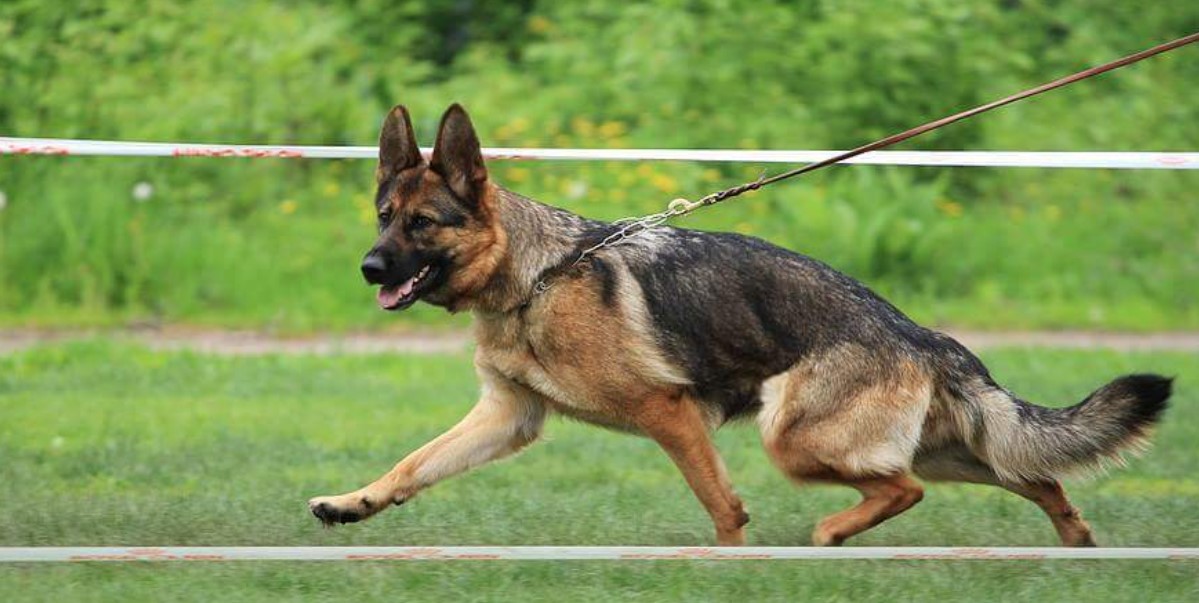Especially owners of large dogs have often heard about the problem because it is particularly common in strong four-legged friends – hip dysplasia. In this article, you will find out what it is all about, how you recognize the symptoms, which therapy you can use to treat them, and what the costs are.
What is hip dysplasia?

Hip dysplasia is a musculoskeletal disorder, more specifically a chronic disease of the hip joint in dogs. It is particularly common in large dogs.
The dog’s two hip joints connect the right and left hind legs to the torso of the four-legged friend. The hip joint itself is a ball joint, which means that the femoral head sits in the hip joint as a ball and is so flexible that the four-legged friend can move in any direction. However, if there are deviations, such hip joints are referred to as dysplastic, which means that the femoral head and the socket joint no longer fit together.
Recognizing hip dysplasia – the symptoms

Hip dysplasia symptoms can vary from dog to dog. Younger dogs, for example, often have pain because the femoral head does not find sufficient support in the acetabulum and the nerve fibers in the periosteum are irritated as a result. Older dogs, on the other hand, often have pain due to osteoarthritis in the hip joint. These are caused by constant abrasion or complete atrophy of the cartilage. In principle, it is also the case that dogs with a mild form of hip dysplasia hardly show any symptoms in everyday life and only start to become lame under heavy loads.
If your dog has problems with the hip joint, he usually has increasing pain when walking and does not want to walk far anymore. Gait is often wobbly, swaying, or very stiff. When trotting, the hind limbs usually cross each other, since the four-legged friend cannot balance itself in any other way. He’s also often lame, may howl occasionally when romping around, and simply drops when lying down. Crunching or cracking noises are also often audible.
It is very important: If you recognize the first signs of hip dysplasia in your darling, you should definitely visit a veterinarian and have him examined!
Therapy – This is how you can have hip dysplasia treated

How you treat hip dysplasia depends on the dog’s age and the degree of symptoms. In principle, every dog owner should be aware that hip dysplasia cannot be completely healed, but various treatment options can make life easier for your pet, as the pain is reduced and the joint becomes more flexible. The form of therapy often depends on the time of diagnosis.
If the disease is detected early, conservative methods are often sufficient, which means that the dog can manage without an operation. These can be the following:
- Therapy with anti-inflammatory and analgesic drugs;
- Diet for overweight dogs;
- Regular physiotherapy, especially heat therapy;
- Supplementary feed or muscle building preparations to maintain and build up articular cartilage and muscles;
- Acupuncture, especially gold acupuncture.
In many cases, however, conservative therapy is not sufficient and the dog must be treated surgically. There are also different methods of how the four-legged friend can be helped. Possible forms of surgery are as follows:
- Triple pelvic osteotomy: In this procedure, the vet cuts through three bones involved in forming the pelvis and rotates the acetabular cup to allow the femoral head to better fit there. The aim of the surgery is to stabilize the hip.
- Double pelvic osteotomy: Two of the three pelvic bones are severed, the hip joint is stabilized and possible arthrosis is stopped.
- Hip replacement: In this method, the femoral head and acetabulum are replaced with an endoprosthesis. Specifically, it is a prosthesis that can be built into the body of the four-legged friend.
It should be noted with all interventions that they often require extensive aftercare and rehabilitation measures.
Treatment costs for hip dysplasia

The cost of treating hip dysplasia in dogs depends on the method chosen. If you decide to have an operation, this is often associated with very high costs, often in the four-digit range.
We recommend that you take out surgery insurance for your four-legged friend that covers the costs for specific cases.





























